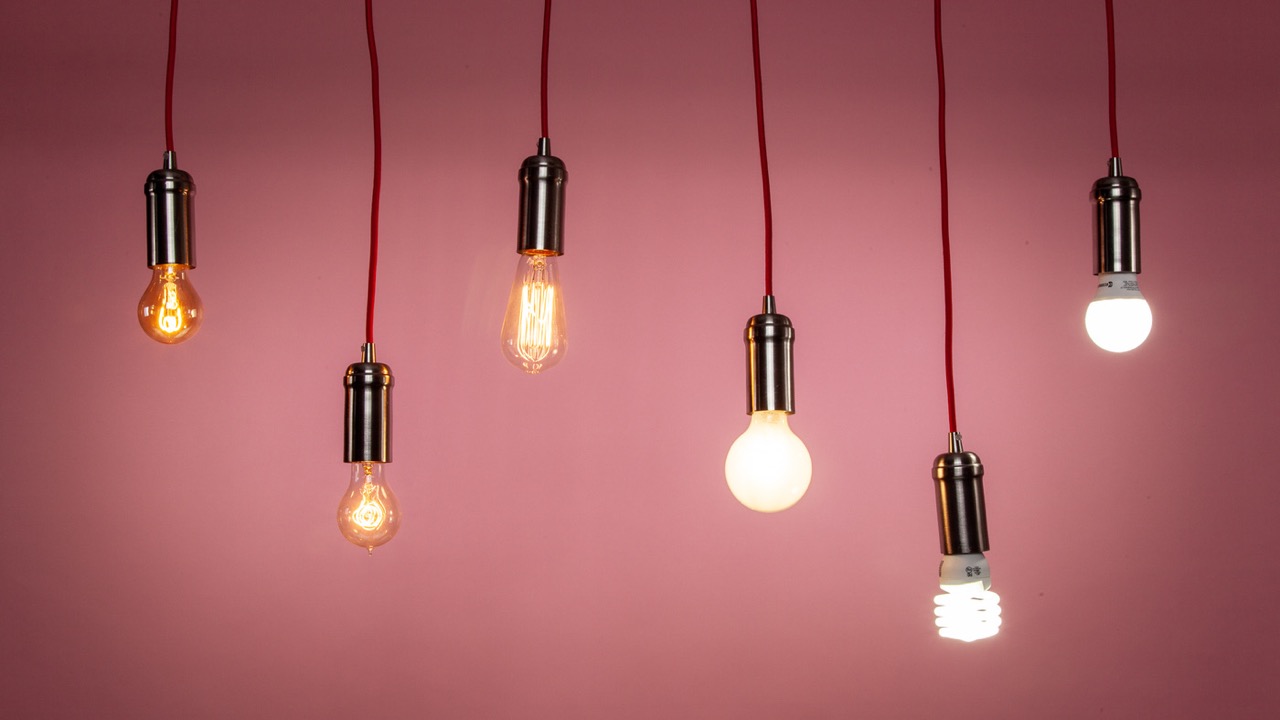

Articles
How To Pick The Right Light Bulb
Modified: January 23, 2024
Looking for the best articles on how to pick the right light bulb? Explore our comprehensive guide and make informed choices for optimal lighting solutions.
(Many of the links in this article redirect to a specific reviewed product. Your purchase of these products through affiliate links helps to generate commission for Storables.com, at no extra cost. Learn more)
Introduction
Choosing the right light bulb for your home or workspace can have a significant impact on the ambiance, energy efficiency, and overall functionality of the space. With so many options available in the market today, it can be overwhelming to know which light bulb is the right fit for your needs. In this article, we will explore the key factors to consider when choosing a light bulb to help you make an informed decision.
Light bulbs have come a long way from the traditional incandescent bulbs that were once the only option available. Today, there are several types of bulbs to choose from, including LED, CFL, halogen, and incandescent. Each type of bulb has its own unique characteristics that make it suitable for different purposes and settings.
When selecting a light bulb, it is essential to consider factors such as wattage and brightness, bulb shape and size, color temperature, energy efficiency, lifespan, dimmability, and bulb type. By understanding these factors and their implications, you can find the perfect light bulb that meets your lighting needs while also being energy efficient and long-lasting.
Key Takeaways:
- Choose LED bulbs for energy efficiency, long lifespan, and versatility. Consider color temperature for the desired ambiance. Make a sustainable and informed decision for well-lit, cost-effective spaces.
- Prioritize dimmable LED bulbs for flexible lighting atmospheres. Consider bulb shape and size for compatibility and aesthetics. Opt for energy-efficient options to save on costs and reduce environmental impact.
Factors to Consider When Choosing a Light Bulb
When it comes to choosing a light bulb, there are several important factors to consider. These factors will help you determine the right bulb for your specific needs and preferences.
-
Wattage and Brightness
One of the primary considerations when selecting a light bulb is the wattage and brightness level. Wattage indicates the amount of power consumed by the bulb, while brightness refers to the output of light. Higher wattage bulbs generally produce brighter light. However, with the advancements in technology, it is important to note that LED bulbs often require lower wattage to produce the same level of brightness as incandescent bulbs. Consider the desired illumination level and energy efficiency when choosing the wattage and brightness of a bulb.
-
Bulb Shape and Size
The shape and size of the bulb not only affect its aesthetics but also its functionality. Different bulb shapes, such as A19, BR30, and PAR38, serve different purposes and are suitable for different fixtures. Consider the size and shape of the fixture in which the bulb will be placed to ensure a proper fit. Additionally, consider the directionality of light if you need a bulb that casts light in a specific direction.
-
Color Temperature
The color temperature of a light bulb affects the atmosphere and ambiance of a space. It is measured in Kelvin (K), with lower Kelvin values representing warm or yellowish light and higher values representing cooler or bluish light. Consider the desired mood and purpose of the lighting when choosing the color temperature. For instance, warm white light (2700K-3000K) is often preferred for living spaces, while cooler daylight (5000K-6500K) may be more suitable for task-oriented areas like kitchens or workspaces.
-
Read more: Picking the Right Crochet Hook for You
Energy Efficiency
Energy efficiency is a crucial factor to consider when choosing a light bulb. LED bulbs are known for their energy-saving capabilities and can significantly reduce your energy consumption and utility bills compared to incandescent or halogen bulbs. Look for bulbs with the ENERGY STAR label, as they meet strict energy efficiency guidelines set by the Environmental Protection Agency (EPA).
-
Lifespan
The lifespan of a light bulb refers to the number of hours it can be expected to operate before needing replacement. LED bulbs have the longest lifespan, typically lasting up to 25,000 to 50,000 hours, while incandescent bulbs have the shortest lifespan of around 1,000 hours. Consider the longevity of the bulb to save on replacement costs and ensure hassle-free lighting for an extended period.
-
Dimmability
If you desire the ability to adjust the brightness of your lights, consider choosing bulbs that are compatible with dimmer switches. Not all bulbs are dimmable, so verify the packaging or product specifications to ensure compatibility. Dimmable bulbs provide flexibility in creating different atmospheres and can be beneficial in various settings, such as living rooms, bedrooms, or dining areas.
-
Bulb Type
Lastly, consider the type of bulb that best suits your needs. LED bulbs are highly recommended for their energy efficiency, durability, and versatility. CFL bulbs, although less efficient than LEDs, are an affordable alternative. Halogen bulbs, while providing bright light, have lesser energy efficiency and a shorter lifespan. Incandescent bulbs, once the most common type, are now being phased out due to their low energy efficiency.
By considering these factors, you can make an informed decision and select the right light bulb that caters to your lighting needs, energy efficiency goals, and aesthetic preferences.
Wattage and Brightness
When choosing a light bulb, one of the primary considerations is the wattage and brightness level. Wattage refers to the amount of power consumed by the bulb, while brightness indicates the output of light. It is important to strike a balance between the desired level of illumination and energy efficiency when selecting the wattage and brightness of a bulb.
In the past, higher wattage bulbs were believed to produce brighter light. However, with the advancements in lighting technology, this is no longer the case. LED bulbs, for example, can produce the same level of brightness as incandescent bulbs with significantly lower wattage. This makes LED bulbs more energy-efficient and cost-effective in the long run.
When considering wattage, it is important to understand that higher wattage bulbs consume more electricity, which can increase your energy bills. If you are looking to reduce your energy consumption and environmental impact, consider opting for lower wattage LED bulbs.
Brightness is typically measured in lumens. The lumen rating of a bulb indicates how much light it produces. In general, the higher the lumens, the brighter the light. When selecting a light bulb, consider the intended purpose and lighting needs for the specific space. For example, you may want a brighter bulb for areas that require task-oriented activities, such as reading or cooking, and a softer, more ambient light for relaxation areas such as bedrooms or living rooms.
It is worth noting that not all light bulbs have the same brightness level for the same wattage. LED bulbs, for instance, can produce more lumens per watt than traditional incandescent bulbs, resulting in a brighter light output with lower energy consumption.
When shopping for light bulbs, you can find information about the brightness of the bulb on the packaging or in the product specifications. Some manufacturers provide a comparison chart that shows the equivalent brightness of their LED bulbs in relation to traditional incandescent bulbs. This can help you select a bulb with the desired level of brightness without relying solely on wattage.
To ensure the right balance between wattage and brightness, consider the lighting needs, energy efficiency, and ambiance of the space you are lighting. By selecting the appropriate wattage and brightness level, you can create a well-lit environment while optimizing energy consumption and minimizing costs.
Bulb Shape and Size
Another important factor to consider when choosing a light bulb is the shape and size of the bulb itself. The shape and size not only affect the aesthetic appeal but also the functionality and compatibility with different fixtures.
There are several common bulb shapes available in the market, including A19, BR30, PAR38, G25, and many more. Each shape is designed for specific purposes and has its own unique characteristics. For instance, A19 bulbs are the most commonly used and are suitable for general illumination in lamps, ceiling fixtures, and sconces. BR30 bulbs, on the other hand, have a wider beam angle and are commonly used in recessed lighting fixtures.
When choosing a bulb shape, consider the type of fixture it will be used in and the desired lighting effect. If you are uncertain about the right shape, you can consult with an expert or refer to the manufacturer’s recommendations for specific fixtures.
In addition to shape, it is important to consider the physical size or dimensions of the bulb. The size of the bulb can affect its fit and compatibility with different fixtures and lampshades. Ensure that the bulb fits properly within the fixture to avoid any potential safety issues or damage to the bulb itself.
When determining the bulb size, it is helpful to refer to the bulb’s letter and number designation. The letter corresponds to the shape, while the number indicates the diameter of the bulb in eighths of an inch. For example, an A19 bulb has a diameter of 19 eighths of an inch, which is approximately 2.375 inches in diameter.
Keep in mind that different manufacturers may have slight variations in bulb sizes, so it is important to double-check the specifications provided by the manufacturer before making a purchase.
Another factor to consider regarding bulb size is the directionality of the light emitted. Some bulbs, such as spotlights or floodlights, are designed to cast light in a specific direction. This can be useful for highlighting specific objects or areas in a room. If you require directional light, look for bulbs that have this feature.
By considering the shape and size of the bulb, you can ensure compatibility with your fixtures and achieve the desired lighting effect. Additionally, choosing the right shape and size can enhance the overall aesthetics of your space, creating a cohesive and visually pleasing environment.
Color Temperature
Color temperature is an important factor to consider when choosing a light bulb as it directly impacts the atmosphere and ambiance of a space. Color temperature refers to the coolness or warmth of the light emitted by a bulb and is measured in Kelvin (K).
Warm light has a lower color temperature, typically ranging from 2700K to 3000K. It produces a cozy and inviting atmosphere, reminiscent of traditional incandescent bulbs. Warm light is often preferred for living spaces such as bedrooms, living rooms, and dining areas, as it creates a relaxing and comfortable ambiance.
Cool light has a higher color temperature, usually ranging from 5000K to 6500K. It emits a brighter and whiter light, resembling natural daylight. Cool light is often used in task-oriented areas such as kitchens, bathrooms, and workspaces, as it enhances visibility and promotes alertness.
When selecting a light bulb, consider the purpose and mood of the space. Do you want a warmer, more intimate atmosphere, or a cooler, more stimulating environment? Understanding the impact of color temperature can help you create the desired ambiance.
In addition to warm and cool light, there are also intermediate color temperatures available. These bulbs fall within the range of 3500K to 5000K and offer a balanced and neutral lighting option. These bulbs are often used in offices, retail spaces, and educational settings where a natural and comfortable light is desired.
It is important to note that the perception of color can be influenced by the surrounding environment. For example, the color of the walls, furniture, and other objects in a room can affect how the light is perceived. It is a good idea to consider the overall color scheme and décor of the space when selecting the color temperature of your light bulbs.
When shopping for light bulbs, the packaging or product specifications typically indicate the color temperature. Look for labels such as “warm white,” “cool white,” or the specific Kelvin value to help you choose the desired color temperature for your lighting needs.
By selecting the right color temperature, you can create a visually appealing and comfortable environment that suits the purpose and mood of each space in your home or workplace.
Energy Efficiency
Energy efficiency is a crucial factor to consider when choosing a light bulb, as it impacts both your electricity usage and environmental footprint. Energy-efficient bulbs not only help decrease your energy bills but also contribute to reducing greenhouse gas emissions and conserving natural resources.
LED (Light Emitting Diode) bulbs are one of the most energy-efficient options available on the market. They consume significantly less energy compared to traditional incandescent bulbs while producing the same level of brightness. LED bulbs are known for their long lifespan, durability, and cost-effectiveness in the long run.
CFL (Compact Fluorescent Lamp) bulbs are another energy-efficient option. While they are not as efficient as LED bulbs, they still offer substantial energy savings compared to incandescent bulbs. CFL bulbs convert electrical energy into light more efficiently, resulting in less heat loss and longer lifespan.
It’s important to look for ENERGY STAR certified bulbs when shopping for energy-efficient options. The ENERGY STAR label ensures that the bulb meets strict guidelines set by the U.S. Environmental Protection Agency (EPA) for energy efficiency and performance.
When comparing energy efficiency between bulbs, it is useful to consider the lumens per watt (lm/W) ratio. This ratio indicates how much light output (lumens) the bulb produces per unit of electrical power (watt). The higher the lumens per watt value, the more efficient the bulb is in converting electricity into light.
In addition to selecting energy-efficient bulbs, you can optimize energy savings by using lighting controls such as dimmer switches, timers, or motion sensors. These controls allow you to adjust the lighting intensity or automatically turn off lights when not in use, further reducing energy consumption.
By choosing energy-efficient bulbs, you can make a positive impact on both your wallet and the environment. The initial investment in energy-efficient bulbs may be slightly higher than traditional options, but the long-term savings on electricity bills and replacement costs far outweigh the initial expense.
Remember to properly dispose of your old light bulbs, especially CFLs, as they contain a small amount of mercury. Many communities have special recycling programs for disposing of these bulbs safely, which helps prevent environmental contamination.
Investing in energy-efficient light bulbs is a small yet significant step toward sustainable living and reducing your carbon footprint.
Lifespan
The lifespan of a light bulb refers to the duration it can be expected to operate before needing replacement. Considering the lifespan of a bulb is essential both for convenience and cost savings.
LED bulbs are renowned for their exceptional longevity. These bulbs can last up to 25,000 to 50,000 hours, which translates to several years of use, depending on daily usage. This extended lifespan makes LED bulbs a highly attractive option as they require fewer replacements, resulting in long-term cost savings.
In comparison, incandescent bulbs have the shortest lifespan, typically lasting around 1,000 hours. CFL bulbs fall in between, with an average lifespan of approximately 8,000 to 10,000 hours.
When considering the lifespan of a bulb, it’s important to note that the estimated hours are based on average use. Factors such as frequent turning on and off, voltage fluctuations, and poor quality materials can impact the actual lifespan of a bulb.
Moreover, the lifespan of a bulb may be influenced by the operating conditions in which it is used. Heat, humidity, and exposure to extreme temperatures can affect the longevity of the bulb. Therefore, it is crucial to follow the manufacturer’s recommendations for proper use and installation to maximize the lifespan of the bulb.
LED bulbs have a reputation for durability and can withstand vibrations, shocks, and rapid temperature changes better than incandescent bulbs. This resilience makes them suitable for a variety of applications, including outdoor lighting and areas where the bulb may be subjected to rough conditions.
When shopping for light bulbs, you can find information on the estimated lifespan on the packaging or in the product specifications. It’s important to consider the estimated lifespan alongside other factors such as energy efficiency and cost.
By selecting a bulb with a longer lifespan, such as an LED bulb, you can reduce the frequency of replacements, saving both time and money in the long run. Additionally, choosing a durable bulb ensures consistent and reliable lighting without compromising quality.
Remember that proper disposal of expired light bulbs is essential, especially for CFL bulbs, as they contain a small amount of mercury. Many recycling programs are available to safely dispose of these bulbs and minimize environmental impact.
Consider the lifespan of a bulb as an investment in hassle-free and cost-effective lighting, allowing you to enjoy quality illumination for an extended period.
Dimmability
Dimmability is an important consideration when choosing a light bulb, as it allows you to adjust the brightness level of the light to suit your needs and create the desired ambiance in a space. Not all bulbs are dimmable, so it is essential to check the product specifications or packaging before making a purchase.
Dimmable bulbs are compatible with dimmer switches, which regulate the amount of electrical current flowing to the bulb. This adjustment allows you to control the brightness of the light, from a soft, subtle glow to a more intense illumination.
Dimmable bulbs provide flexibility in creating different moods and atmospheres in various settings. For example, in a living room or bedroom, you may want brighter light for reading or activities, but prefer a softer, more relaxed glow for winding down in the evenings. Dimmable bulbs allow you to tailor the lighting to your preferences and the specific requirements of each moment.
It is important to note that not all types of bulbs are dimmable. LED bulbs, in particular, require specific dimmers that are compatible with LED technology. It is crucial to ensure that the bulb and dimmer are compatible to avoid issues such as flickering, buzzing, or limited dimming range.
When choosing dimmable bulbs, it is also important to consider the range of brightness levels they offer. Some dimmable bulbs have a wider dimming range, allowing for more precise control, while others may have a more limited range of brightness adjustment.
Additionally, it is important to install the dimmer switch correctly and choose a compatible dimmer that matches the type and wattage of the bulbs you are using. Not all dimmers are universal, so it’s necessary to check the specifications to ensure proper compatibility.
Dimming technology has advanced significantly in recent years, and there are now dimmable LED bulbs available that offer smooth and flicker-free dimming capabilities. These bulbs can provide a seamless transition from full brightness to the lowest dimmed levels, giving you complete control over the lighting atmosphere.
Whether you are looking to create a cozy ambiance or enhance task-oriented activities, dimmable bulbs offer versatility and allow you to customize the lighting experience in your space. Before making a purchase, ensure that the bulbs you choose are labeled as dimmable and that they are compatible with the dimming system you have or plan to install.
Remember, dimmable bulbs provide the flexibility to easily adjust the lighting intensity, adding another dimension to your lighting design and enhancing the overall functionality of your space.
Bulb Type
When selecting a light bulb, it’s important to consider the different types available on the market. Each bulb type has its own set of characteristics, advantages, and limitations, making it essential to choose the one that best suits your specific needs and preferences.
LED (Light Emitting Diode) Bulbs: LED bulbs have become increasingly popular due to their energy efficiency, longevity, and versatility. They use semiconductor technology to produce light and are highly efficient, converting most of the electrical energy into light rather than heat. LED bulbs consume significantly less energy than traditional incandescent bulbs and can last up to 25,000 to 50,000 hours. LED bulbs are available in various shapes, sizes, and color temperatures, making them suitable for a wide range of applications.
CFL (Compact Fluorescent Lamp) Bulbs: CFL bulbs are more energy-efficient than incandescent bulbs but less so compared to LED bulbs. They use a combination of gas and mercury vapor to produce light. While CFL bulbs initially take a few seconds to reach full brightness, they offer significant energy savings and have an average lifespan of around 8,000 to 10,000 hours. CFL bulbs are available in different shapes and sizes but contain a small amount of mercury, requiring proper disposal to minimize environmental impact.
Halogen Bulbs: Halogen bulbs use halogen gas to increase their efficiency and lifespan compared to traditional incandescent bulbs. They emit a bright, white light and are commonly used in task-oriented areas such as kitchens or display lighting. Halogen bulbs have a shorter lifespan compared to LED or CFL bulbs, typically lasting around 2,000 to 4,000 hours. They also consume more energy, making them less energy-efficient options.
Incandescent Bulbs: Incandescent bulbs are the traditional and most well-known type of bulb. However, they are being phased out due to their low energy efficiency. Incandescent bulbs convert most of the electrical energy they consume into heat rather than light, making them highly inefficient. They have the shortest lifespan of around 1,000 hours and produce a warm, yellowish light. In many countries, incandescent bulbs are being replaced by more energy-efficient alternatives.
When selecting the bulb type, it is important to consider factors such as energy efficiency, lifespan, light quality, and cost. LED bulbs are generally the recommended choice due to their energy efficiency, long lifespan, and versatility. While LED bulbs may have a higher upfront cost compared to other types, the long-term energy savings and durability make them a cost-effective option.
It is worth noting that advancements in lighting technology continue to bring new bulb types to the market. It’s always a good idea to stay informed about the latest innovations and consider any specific needs or requirements you may have when choosing the right bulb type for your space.
Overall, understanding the different bulb types and their characteristics allows you to make an informed decision based on energy efficiency, lifespan, and lighting needs, ensuring the optimal lighting experience for your home or workspace.
Look for the lumens, not the watts. Lumens measure the brightness of the bulb, while watts measure the energy it uses. Choose the right lumens for your space.
Conclusion
Choosing the right light bulb for your space is a decision that should not be taken lightly. Considering factors such as wattage and brightness, bulb shape and size, color temperature, energy efficiency, lifespan, dimmability, and bulb type can help you make an informed choice.
By selecting the appropriate wattage and brightness level, you can achieve the desired illumination while maximizing energy efficiency. Be sure to embrace the benefits of LED bulbs, which offer significant energy savings and have a longer lifespan compared to traditional incandescent bulbs.
Understanding bulb shape and size is crucial for compatibility with fixtures and achieving the desired lighting effect. Consider the shape that best suits your specific needs and complements the aesthetics of your space. Additionally, ensure that the bulb fits properly within the fixture to avoid any safety hazards or damage to the bulb.
Color temperature plays a significant role in setting the mood and ambiance of a room. Determine whether warm, cool, or intermediate color temperatures align with your desired atmosphere and purpose of the space. Remember to consider the surrounding environment as it can influence how the light is perceived.
Energy efficiency should be a priority when selecting a light bulb. LED bulbs are the most energy-efficient option available, providing substantial energy savings and contributing to a greener environment. Look for ENERGY STAR certified bulbs to ensure they meet strict energy efficiency guidelines.
Consider the lifespan of a bulb to minimize replacement frequency and save on costs in the long run. LED bulbs have the longest lifespan, followed by CFL bulbs. Taking into account the estimated hours and operating conditions will help you make an informed decision.
Dimmability offers flexibility in creating different lighting atmospheres and moods. Opt for dimmable bulbs that are compatible with dimmer switches to achieve the desired brightness levels and enhance the functionality of your space.
Lastly, understanding the different types of bulbs available – LED, CFL, halogen, and incandescent – can help you choose the most suitable option based on energy efficiency, lifespan, light quality, and budget considerations. LED bulbs are the recommended choice due to their outstanding benefits.
In conclusion, by considering these factors when selecting a light bulb, you can create a well-lit space that meets your lighting needs, enhances energy efficiency, promotes sustainability, and adds aesthetic appeal to your home or workplace. Make a wise decision that aligns with your preferences, budget, and environmental consciousness to enjoy quality lighting for years to come.
Frequently Asked Questions about How To Pick The Right Light Bulb
Was this page helpful?
At Storables.com, we guarantee accurate and reliable information. Our content, validated by Expert Board Contributors, is crafted following stringent Editorial Policies. We're committed to providing you with well-researched, expert-backed insights for all your informational needs.
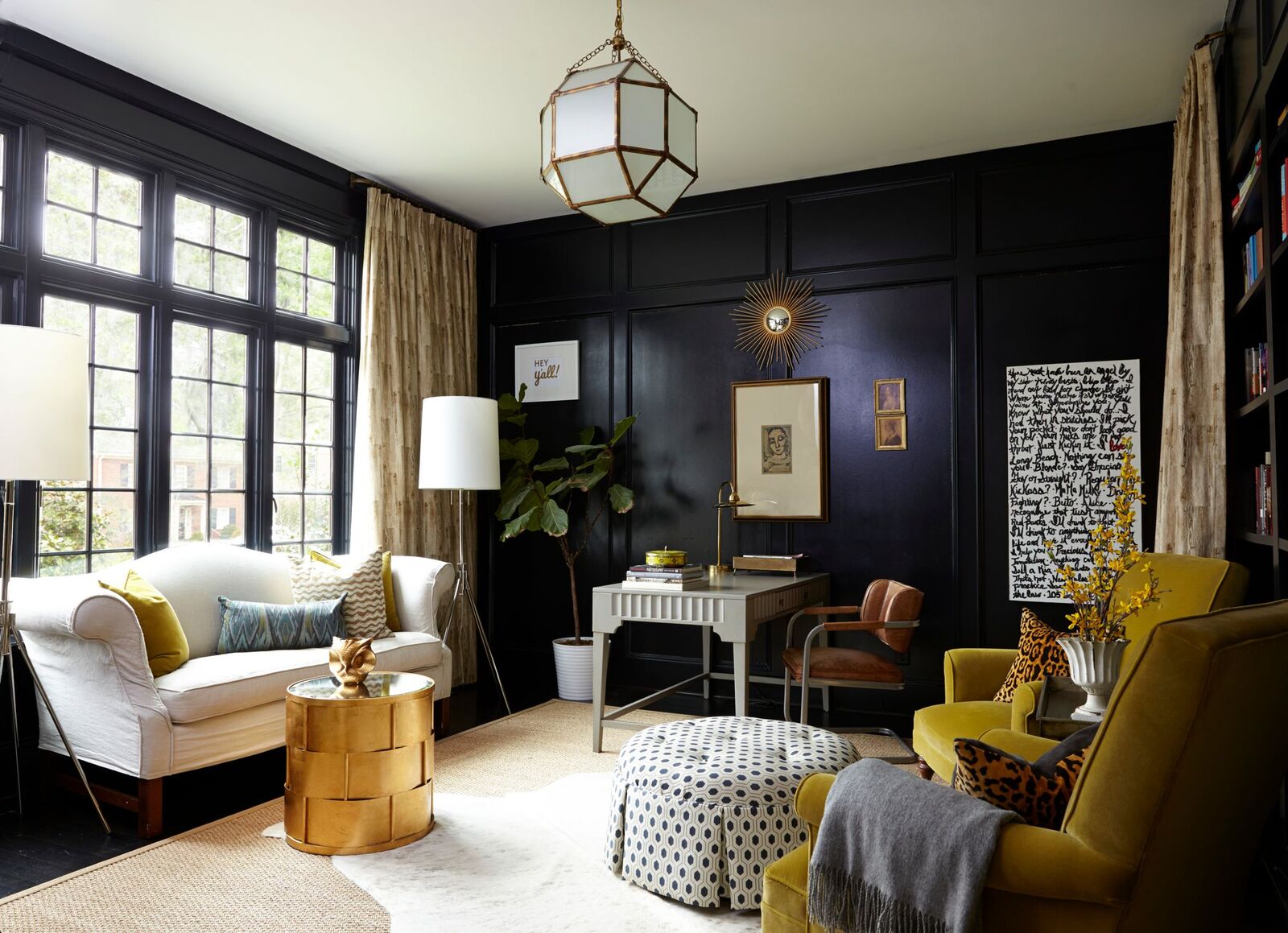
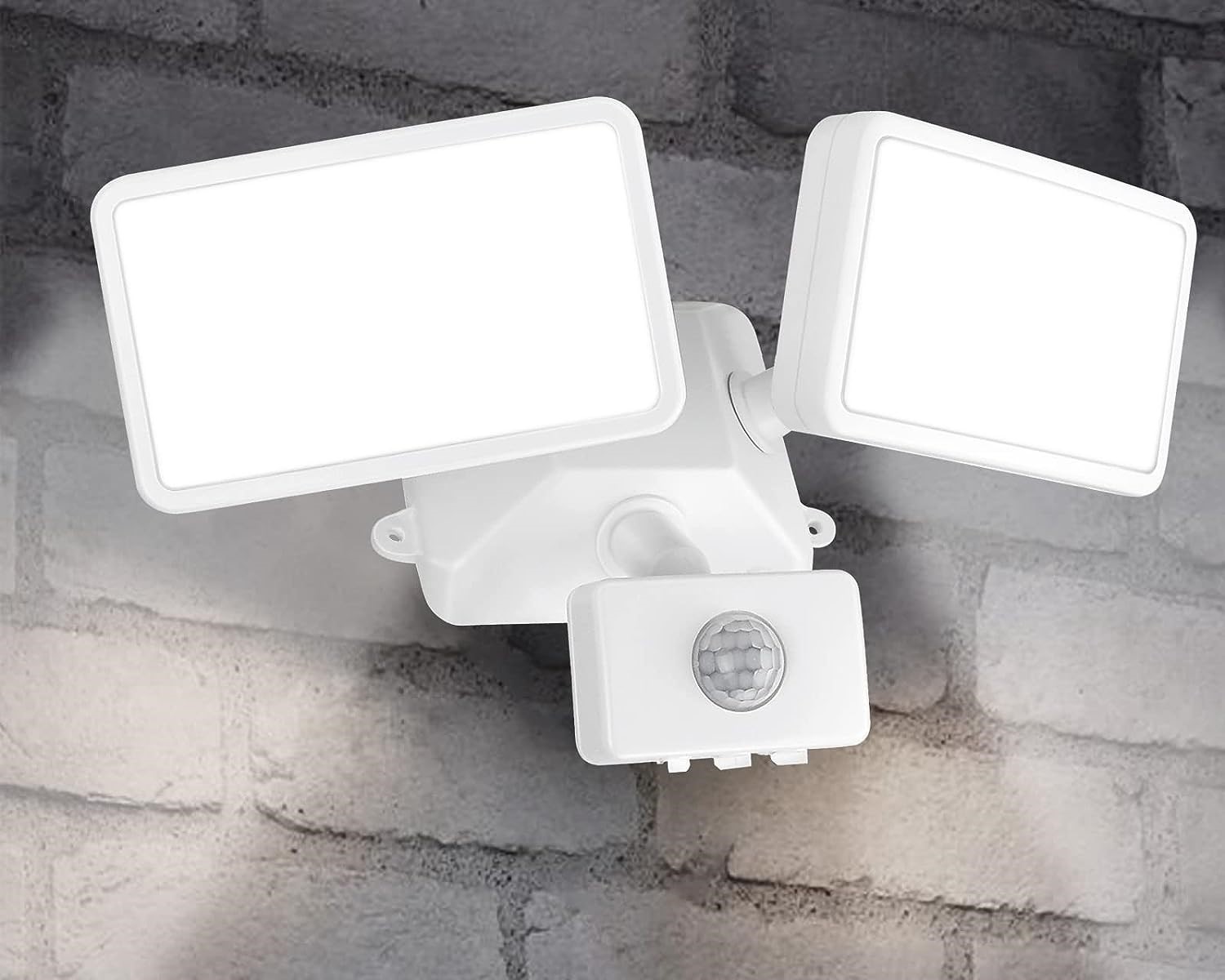

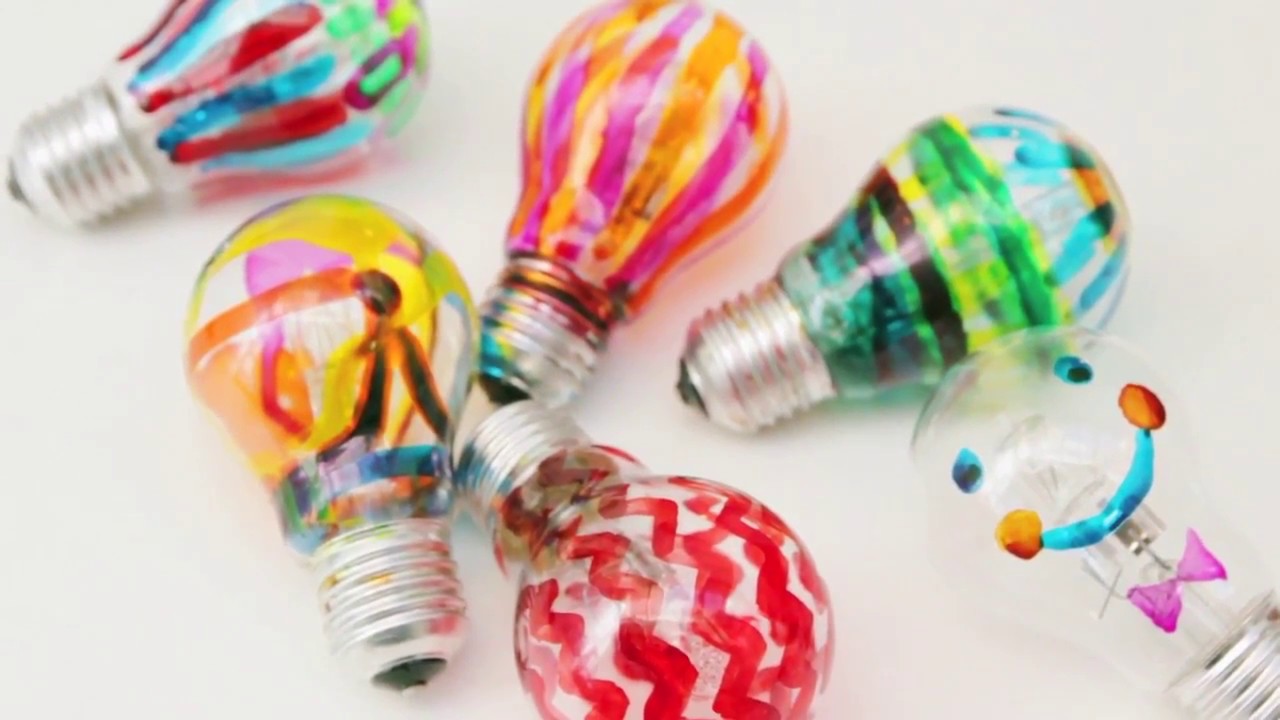
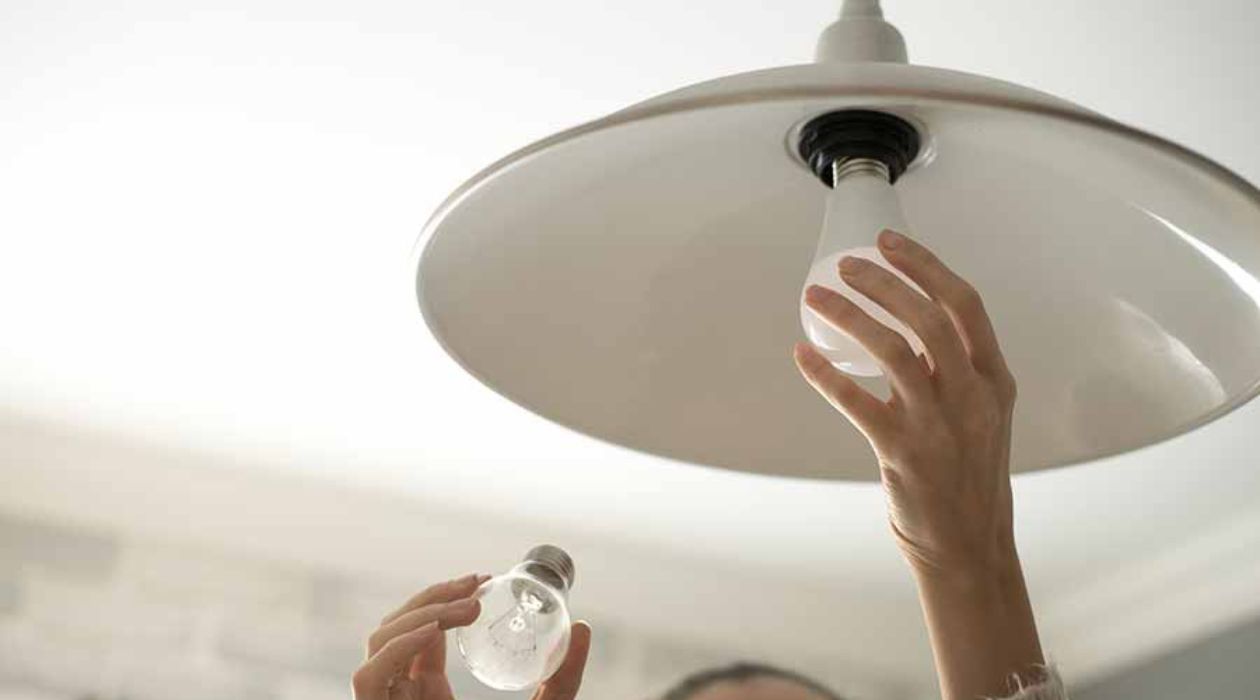
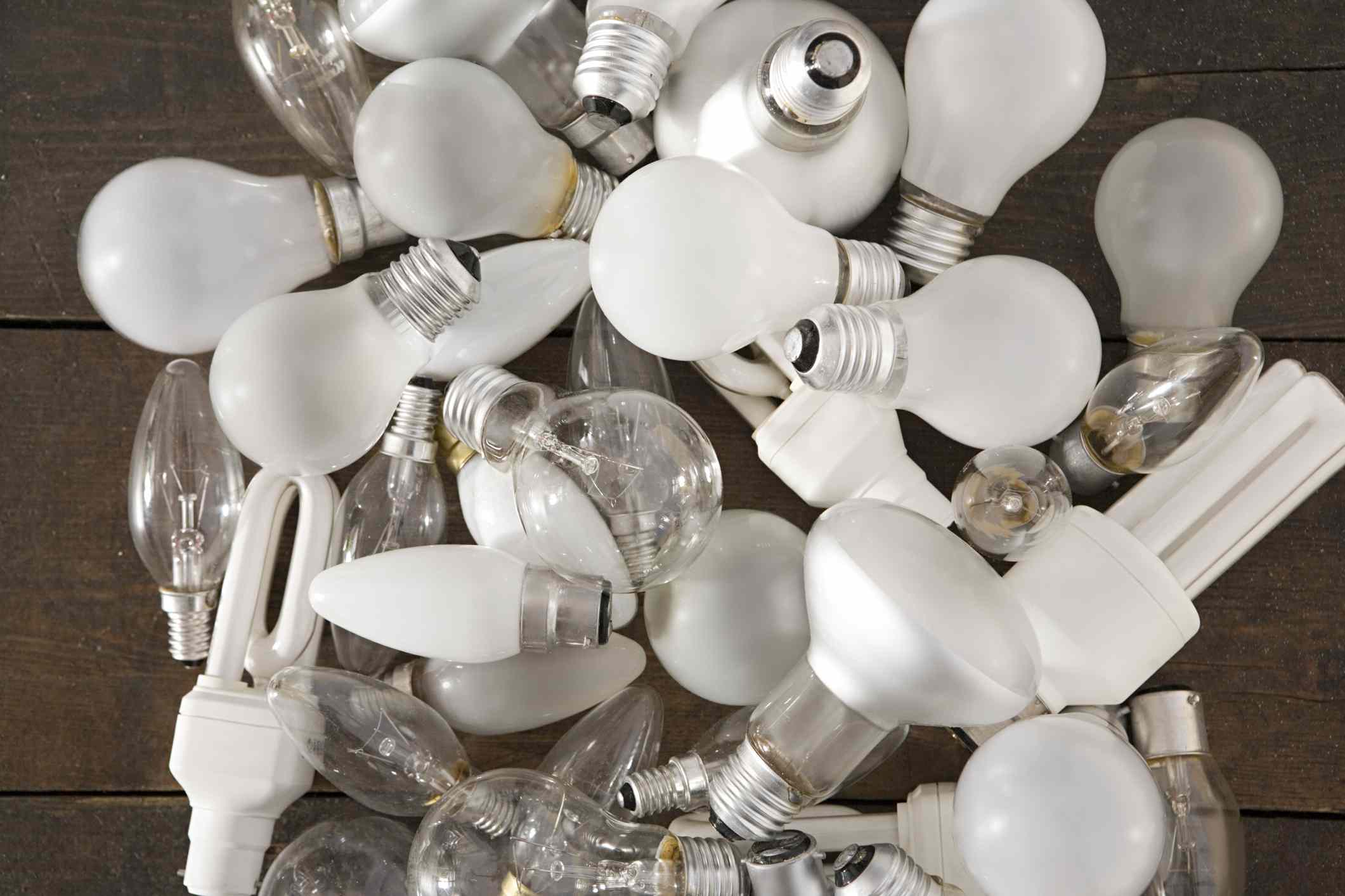
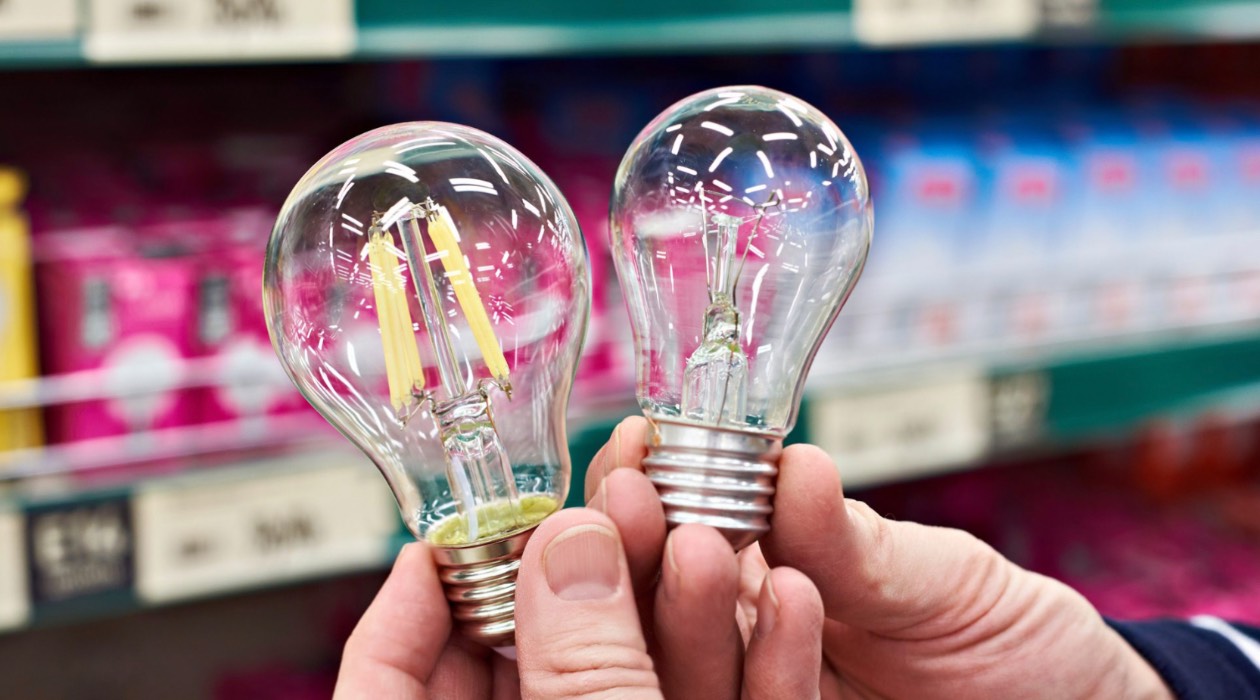

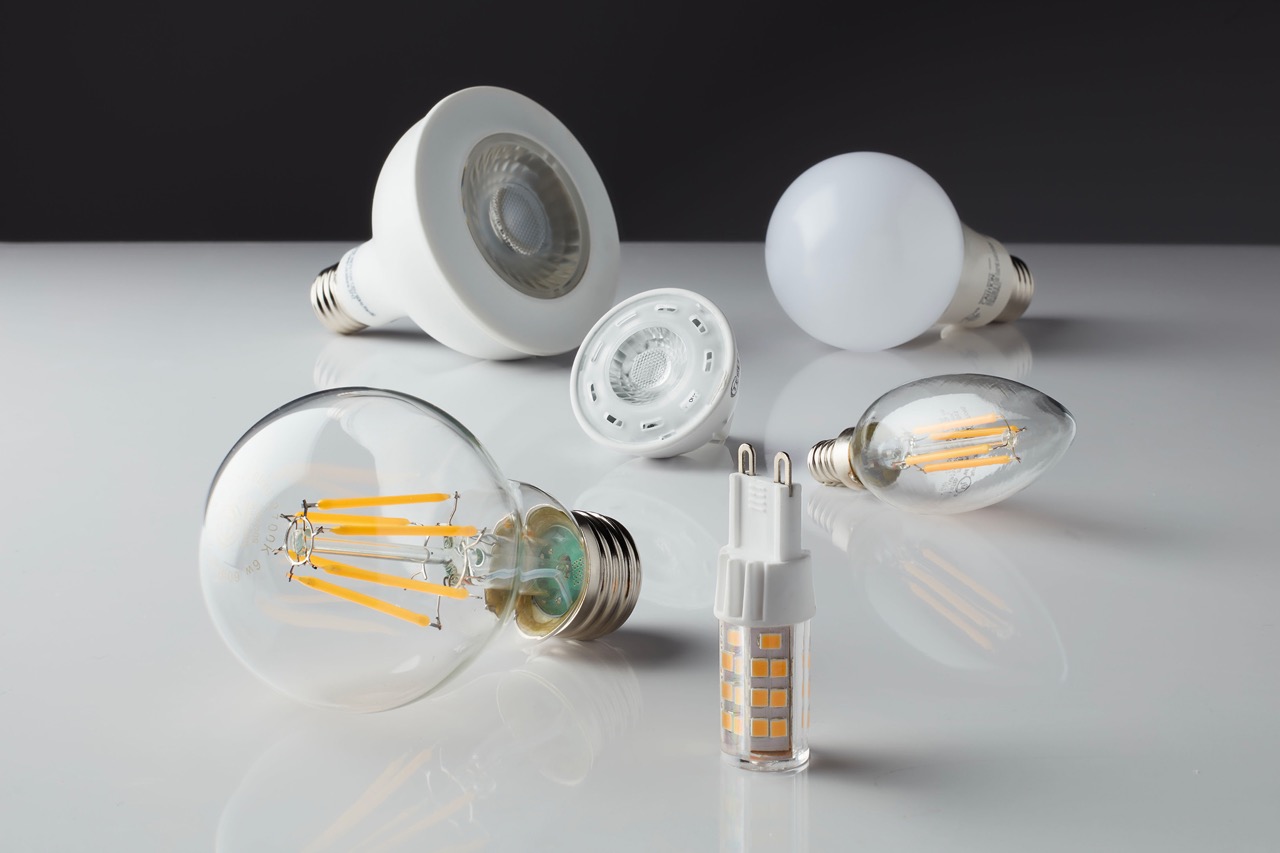

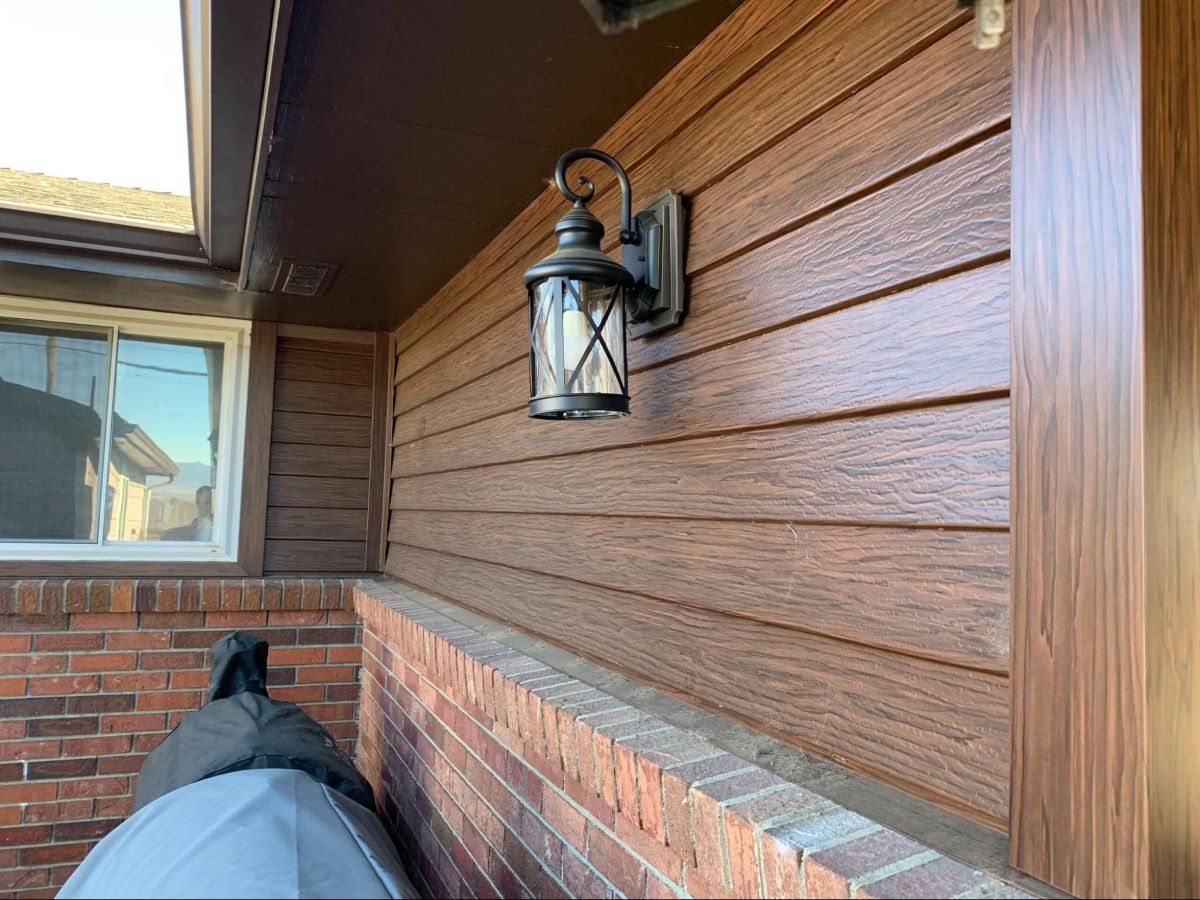
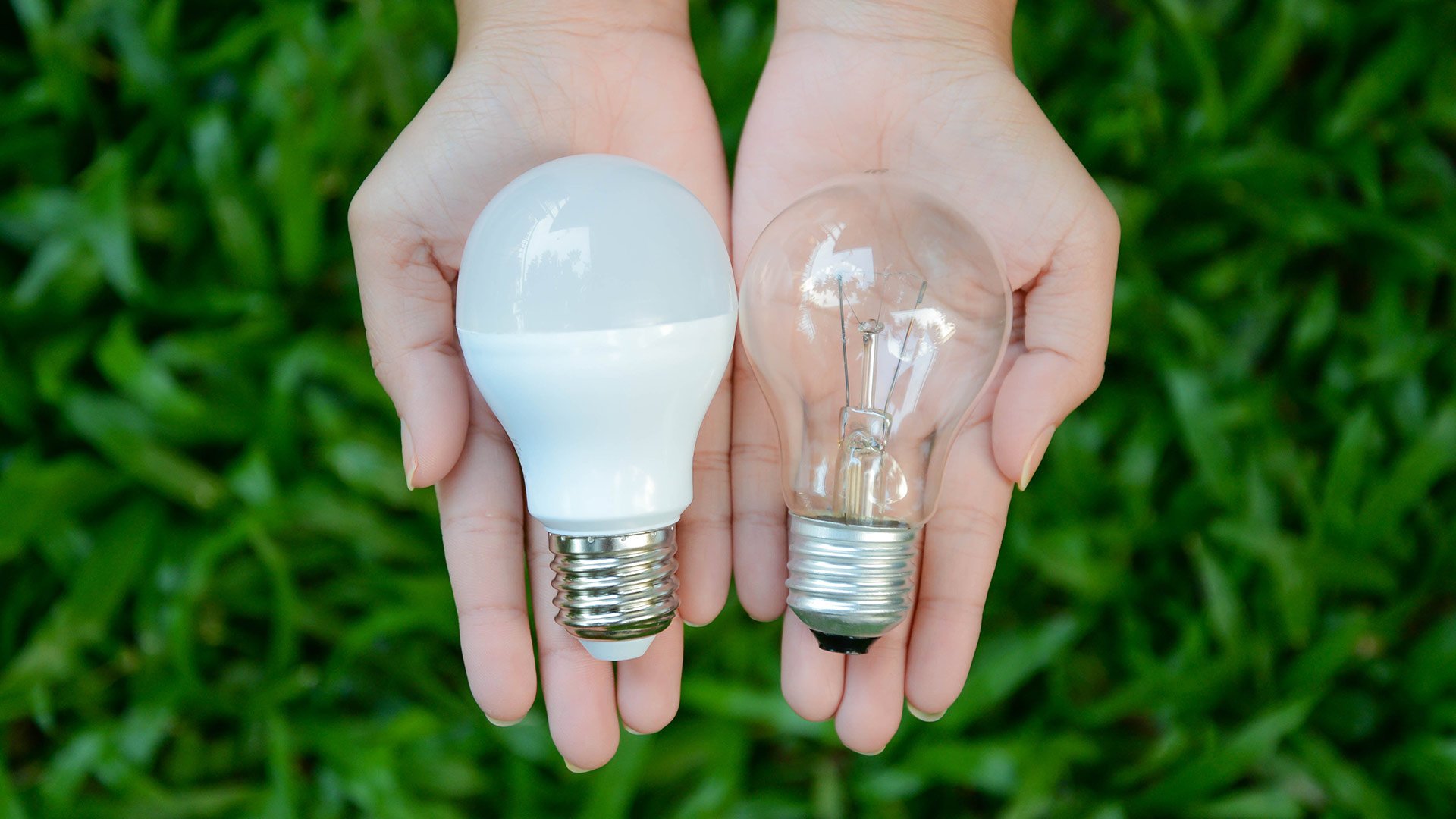

0 thoughts on “How To Pick The Right Light Bulb”